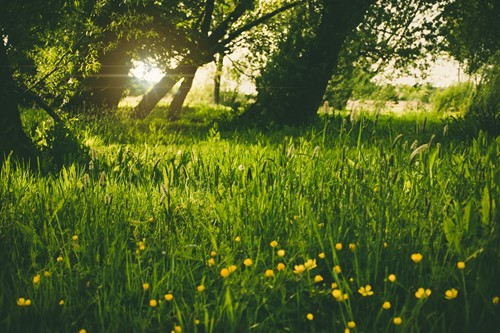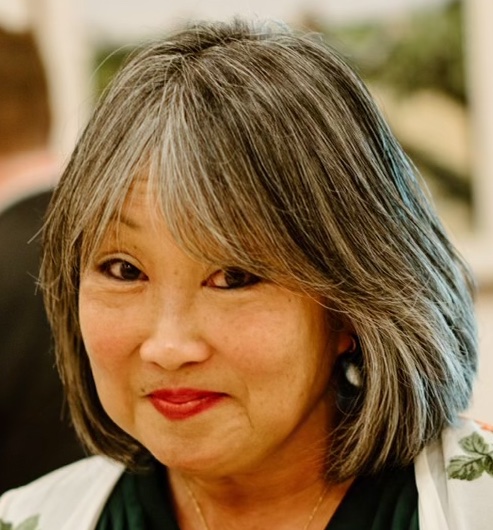
Identifying grasses is an important step in understanding the best way to care for your lawn. Knowing warm-season grasses from cool-season grasses, for example, is crucial to providing the right amount of water at the right time of year.
But how do you identify different grass types? Browse through these basics to help guide you through lawn grass journey:
Growing region
Grass types’ growth and health depends on the region it typically grows in. Most of the perennial lawn grass varieties grown in the northern United States are called “cool-season grasses.”
Their peak growth happens during the spring and fall, when temperatures are cool. While these types of grass lawns flourish in cool climates, cool-season grass will die out quickly in hotter Southern weather.
Common examples of cool-season grasses include perennial ryegrass, tall fescue and Kentucky bluegrass.
Warm-season grasses, by contrast, thrive in the hot summer months. These grass types are at the peak of their growth in warm temperatures, even during periods of drought. However, lawns of this grass type can’t survive cold winters.
Some examples of warm-season grasses are Bahiagrass, centipede grass and Bermuda grass.
Grass features
The next step in identifying lawn grass is to observe the physical characteristics of the grass itself. There are a few specific things that set different grass types apart from one another, including:
- Shape of the grass blade tips.
- The shape & arrangement of new grass shoots.
- Whether it has a clumping or spreading growth pattern.
These are just the basics of how to tell one type of grass from the next. If you’re stumped, you can take a sample to a professional lawn service or county extension agent. The more you know about your lawn, the better you can ensure it thrives.
About the Author

Kyung Kim
Hi, I'm Kyung Kim. I immigrated from South Korea to the United States in 1968 when I was 7 years old. I have seen my mom struggle with the English language and work hard to raise her four kids by herself. Still to this day, I don't know how she pulled it off, but she bought her first home in 1979 for $70,000 and because of that decision, she was able to live without worrying about her financial future. I want that for everyone, to feel the pride of home ownership and to build their financial wealth using real estate as part of their financial portfolio. I feel so blessed to play a small role in helping others reach this goal.
I live in Beaverton with my husband, Richard. My mom, who lived with us for several years, passed away in our home in February 2022. Her first home purchase in 1979 made it possible for her to live to the very end, without worrying about her finances. As of August 2022 with a little downpayment assistance, our four children own their own homes. Being in real estate, I quickly realized that if they didn't buy now, they may be priced out of the market in the future. Whether that would have been the case, we will never know, but what we do know is that they are all realizing some good, healthy appreciation in their home values.
As passionate as I am about people owning their homes, I'm also passionate about giving back to our community. I support Compassion First, a non-profit organization that provides aftercare for sex trafficked girls in Indonesia. My husband and I also feel called to financially support social injustice organizations.
I'd love to assist you. Whether you're in the research phase at the beginning of your real estate search or you know exactly what you're looking for, you'll benefit from having a real estate professional by your side. I'd be honored to put my real estate experience to work for you.
